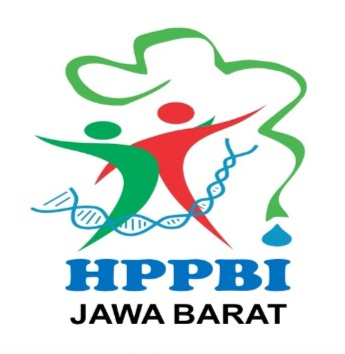Publication Ethics
Publication Ethics
Guideline for Article Publication Ethics
Every article published by Journal Of Biology Education Research (JBER) must be Peer-Review proceed for coherent and honoured knowledge. It also filtering the quality of article of author and institution. Moreover, Peer-Review implements scientific method too. Thus, there must be agreement for publication ethics from all included people like author, journal editor, peer-reviewer, publisher, and community.
Biology Study Program, Faculty of Teacher Training and Educational Science, Universitas Pakuan role as publisher of JBER is responsible in all process of publication. We commit that advertisement, re-printing, or other comercial income will not influence Editorial Decision. Furthermore, Biology Education Study Program will connect to the other journal publisher if needed.
Duplication is the act of copying another article without improvement, unpgrading content, data, and/or previous reference;
Fabrication is the act of cutting up or adding up from original data by compiling, noting, and/or announcing result of research without proof;
Falsification is the act of falsifying data in order to specific purpose. It can be materials manipulation, or research process by changing or revealing false data so it can not be an accurate nor pure scientific research;
Plagiarism is the act of copying another person’s idea, thought, process, object, and result both data and words. It is also including content from limited research (confidential), research plan, and other sources without apreciation.
Author's Duties and Responsibilities
-
Writing Standards: Authors must present an accurate report of the research, along with the objectives and benefits of the research. The basic data must be presented accurately in the submitted articles. Manuscripts should contain sufficient details and references to allow others to replicate/continue the research. Deliberate fraud or inaccuracy in presenting data and references is unethical and unacceptable behavior.
-
Data Access and Retention: If needed, authors are required to provide raw data in connection with articles for editorial, and should be prepared to provide public access to such data, where possible. Authors are required to retain data within a reasonable time after publication under any circumstances.
-
Originality and Plagiarism: Authors must ensure that they have written an entirely original or self-written manuscript, and if the author has used the work and/or words of others must ensure that it has been properly cited.
-
Submission of Articles in More than One Journal (Multiple, Redundant, or Concurrent Publications): An author is not permitted to publish the same research paper in more than one journal or major publication. Submitting the same manuscript to more than one journal at the same time is unethical and unacceptable publishing behavior.
-
Author: Mention of authors should be limited to persons who have made a significant contribution to the conception, design, implementation, or interpretation of the proposed research. All persons who have made significant contributions must be listed as co-authors. If anyone else has participated in a particular substantive aspect of the research project, they must be recognized or listed as contributors. Authors must ensure that the articles listed are all appropriate co-authors and no co-authors should not be, and that all co-authors have seen and approved the final version of the submitted article and have agreed to be submitted for publication.
-
Conflict of Interest: All authors must disclose in their texts any substantive conflicts related to financial resources or third party interests, which may affect the objectivity of submitted articles. All sources of financial support for projects/research in submitted articles must be disclosed.
-
Basic errors in published work: When an author discovers a significant error or inaccuracy in his own published work, it is the author's duty to promptly notify the journal or publisher's editor and cooperate with the editor to recall or correct the article.
-
Risks and Subjects to Humans or Animals: If the process involves chemicals, procedures or equipment that have unusual hazards inherent in their use, author should define and describe it clearly in the text.









